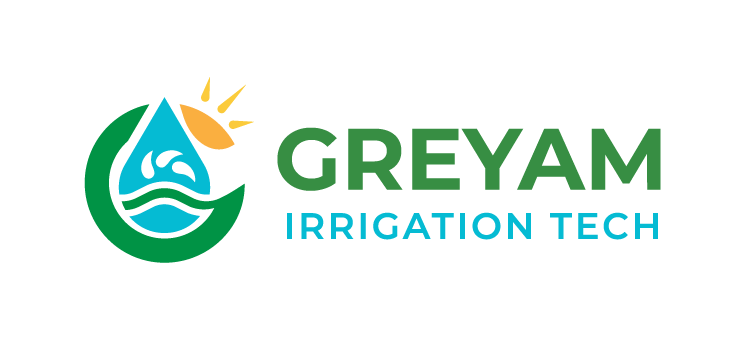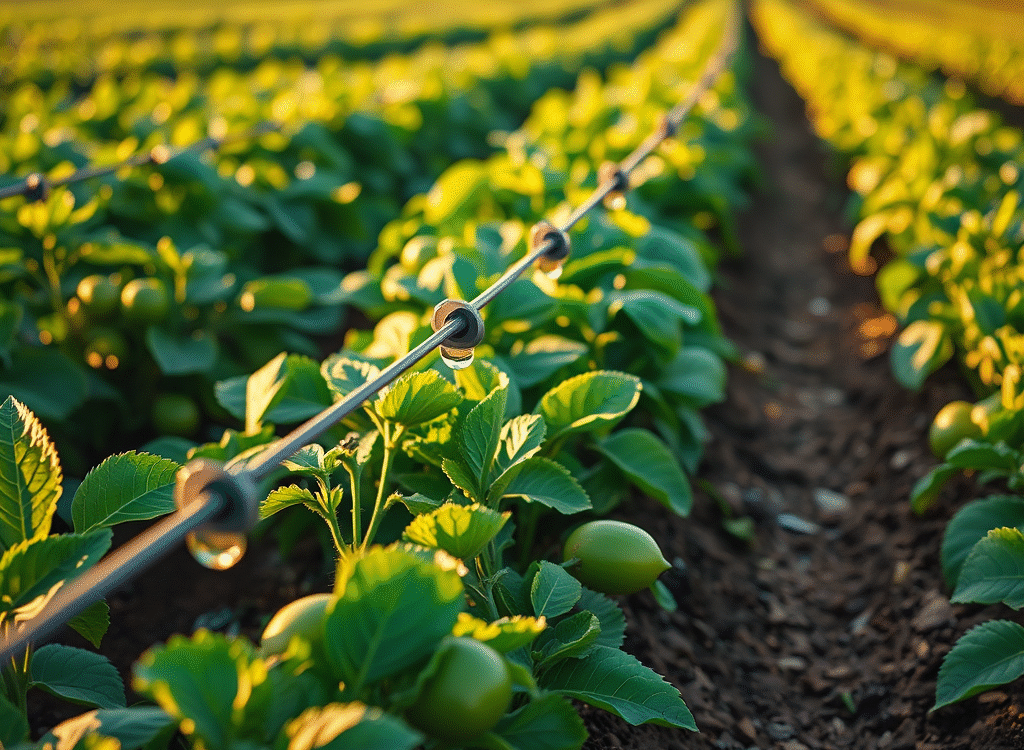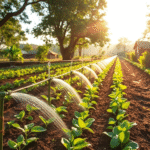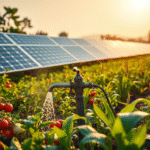Drip irrigation might sound like high-end tech for big farms — but in reality, it’s one of the most affordable, efficient, and game-changing systems a smallholder farmer in Uganda can adopt.
In simple terms, drip irrigation delivers water directly to the roots of your crops, drop by drop. No flooding, no wasting. Just enough water, exactly where and when it’s needed.
Let’s break down the top 5 practical benefits of drip irrigation for Ugandan farmers today.
1. 💧 Saves Water — Drastically
Water is becoming scarcer across Uganda, especially in dry belts like Teso, Karamoja, and parts of Busoga. With drip systems, you use up to 60–80% less water compared to traditional watering methods like hoses, watering cans, or furrow irrigation.
Less evaporation. Less runoff. More efficient farming — especially during long dry seasons or unreliable rainfall.
2. 🌾 Boosts Yields and Crop Quality
Crops thrive when they get consistent water right at the root zone. Drip irrigation creates an ideal growing environment, especially for vegetables like tomatoes, onions, eggplants, cabbages, and even passion fruits.
Studies from NARO and FAO-Uganda show that farmers using drip systems reported 20–50% higher yields and stronger, healthier crops with better market value.
3. 🕒 Saves Time and Labor
No more carrying jerrycans or spending hours moving hoses around. Once installed, drip irrigation automates your watering — you just turn it on and let it do the work.
For busy farmers managing multiple tasks — or women juggling farm work with childcare — this is a huge time saver.
4. 💸 Reduces Costs and Inputs
With drip irrigation, fertilizer and pesticide use also becomes more efficient. You can apply them through the same pipes (called fertigation), so you use less — and nothing goes to waste.
Also, since the system avoids overwatering, it reduces the chances of root diseases and weed growth, saving you money on treatments and labor.
5. 🌍 Increases Climate Resilience
As climate change leads to longer dry spells and unpredictable rain, drip irrigation provides control and consistency — especially for farmers practicing offseason or dry-season farming.
Even with a small solar pump and a 200L tank, you can water a kitchen garden or a one-acre vegetable plot regularly — no matter what the weather looks like.
Real Testimony: “I Use Half the Water and Get Twice the Tomatoes”
George Waiswa, a youth farmer in Luuka District, switched to a drip system from GREYAM in 2024 after struggling with uneven yields. His one-acre tomato farm used to require 15 jerrycans daily — and still suffered from dry spots.
Today, George uses less than half the water and harvests more consistently.
“It’s simple to use, and I don’t need to wake up at 5am to start watering. My tomatoes look better, and I sell faster at the market,” George says.
What Do You Need to Get Started?
A basic drip system includes:
- A water tank or nearby water source (like a borehole or dam)
- A filtration unit to protect the system
- Drip lines (pipes with holes spaced to match your crops)
- A control valve (manual or automatic)
GREYAM IRRIGATION TECH UG LTD can help design, install, and maintain the right drip system for your land size and crop type — with options that work for small gardens up to commercial plots.
Final Thoughts
Drip irrigation isn’t just for commercial farms — it’s the smart solution for any Ugandan farmer looking to save water, cut costs, and boost yields sustainably. Whether you grow for the home or the market, drip systems help you grow smarter, not harder.
🚜 Want to Install a Drip System?
Contact GREYAM IRRIGATION TECH UG LTD for a free consultation.
📞 Call/WhatsApp: +256 704 967 575
🌐 Website: www.greyamirritech.com
📍 Serving farmers across Uganda



